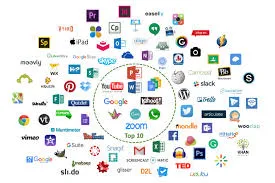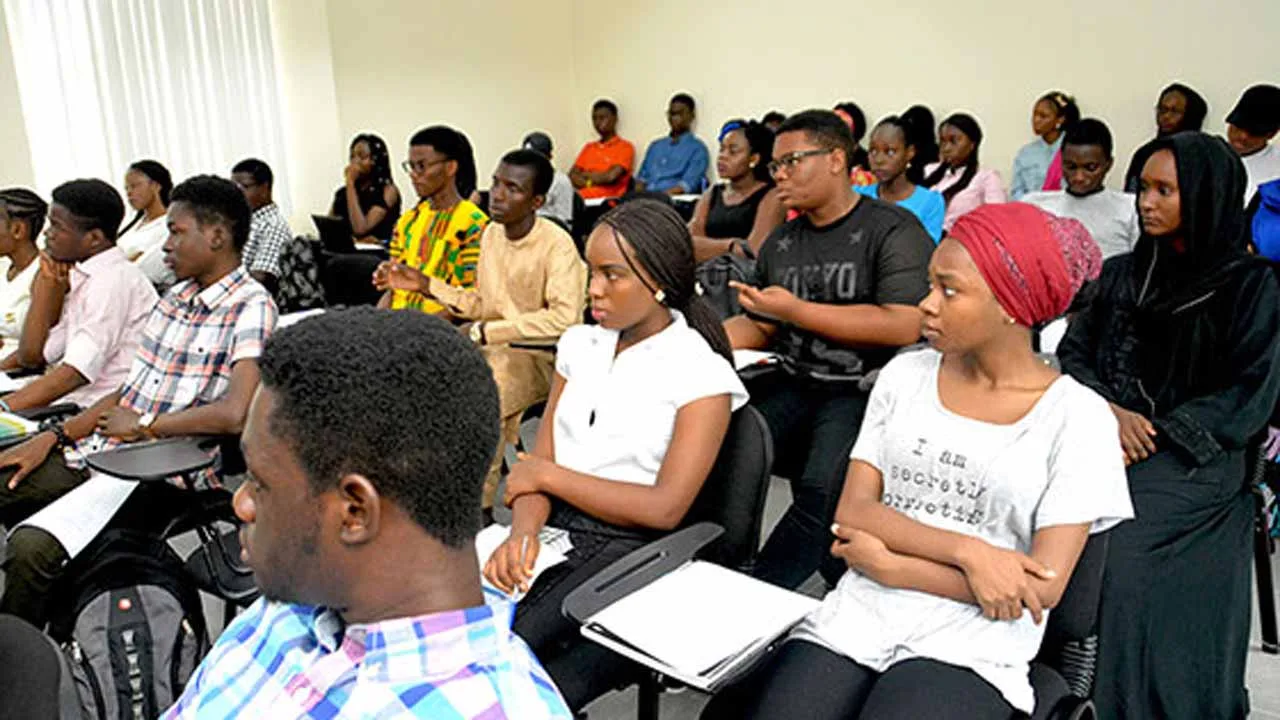Ways to Improve Education in Institutions
Across many campuses, there’s a familiar refrain from students: “Our universities are not giving us what we need to survive out there.” This sentiment echoes in countless student union meetings, late-night hostel conversations, and trending social media threads. While the frustration is valid, the real question remains: How can we improve the quality of education in institutions?
With industries evolving rapidly through digital transformation, automation, and global competition, tertiary institutions have an opportunity and a responsibility to close the gap between classroom teaching and real-world demands. Improvement is not just about replacing old textbooks; it’s about building richer, more practical, and future-proof learning experiences.
In this article, we’ll explore 8 practical ways to improve education in institutions so that students graduate not just knowledgeable, but career-ready.
1. Update Curricula:
Many institutions still use outdated course outlines and textbooks that have remained unchanged for years. Students often learn theories that no longer match current industry needs, leaving them unprepared for the modern job market.
A regular review system involving both lecturers and industry professionals ensures courses stay relevant. For example, adding modules on data analytics, entrepreneurship, and sustainability in business programs equips graduates with in-demand skills they can apply immediately.
2. Integrate Practical Learning:
Learning by doing helps students retain knowledge better and develop essential real-world skills. Unfortunately, many practical-based courses still operate with little to no hands-on experience.
Institutions can build workshops, labs, and partnerships with companies to give students opportunities for real work. An engineering student who works on actual machines before graduation will adapt faster in their career than one who has only learned through theory.
3. Adopt Digital Learning Tools:

Technology has transformed education globally, yet many institutions still lag behind. Tools like Learning Management Systems (LMS), virtual classrooms, and recorded lectures improve accessibility and flexibility. If both students and lecturers are trained in digital literacy and invest in platforms like SchoolTry, education quality will significantly improve.
During the pandemic, some universities shut down for months due to lack of infrastructure, while others like the University of Cape Town switched to fully digital learning, ensuring minimal disruption. Institutions equipped with these tools can maintain uninterrupted education regardless of physical limitations.
4. Train and Support Lecturers:
Lecturers are the backbone of any educational institution. However, relying on outdated teaching methods can lead to disengaged students and poor knowledge transfer. Regular training in modern tools, case studies, and interactive teaching techniques can make learning more engaging and relevant.
Workshops, exchange programs, and teaching awards can also motivate lecturers to innovate. When educators grow, student learning outcomes naturally improve.
5. Build Industry Partnerships:
Strong collaborations with industries bridge the gap between theory and practice. Through internships, mentorship programs, and joint projects, students gain practical skills and valuable professional networks. For example, architecture students working with a construction firm on real designs graduate with real-world experience and a stronger portfolio.

These partnerships also open doors for research funding and job placements. Companies benefit from fresh perspectives, while students enter the workforce with confidence.
6. Create Student-Centered Learning:
Moving away from one-way lectures to active participation builds critical thinking and problem-solving skills. This can be done through debates, group projects, and peer-led discussions.
Institutions can also empower students by involving them in course-related decision-making. This sense of ownership increases engagement, fosters innovation, and encourages deeper learning.
7. Prioritize Soft Skills Development:
Technical knowledge alone is not enough in today’s competitive world. Skills such as communication, teamwork, leadership, and adaptability are essential for workplace success. Integrating presentations, workshops, and leadership opportunities into the curriculum ensures graduates are well-rounded.
For instance, a computer science graduate with strong presentation skills can handle both technical and client-facing roles, making them more versatile.
8. Encourage Research and Innovation:
Strong institutions foster a culture of research and creative problem-solving. Providing funding, innovation hubs, and support for student-led projects allows learners to go beyond absorbing information—they can actively create new solutions.
Events like research fairs, hackathons, and NGO collaborations can spark innovative thinking. Students develop curiosity, persistence, and creativity skills that remain valuable for life.
Conclusion
Improving education in institutions requires deliberate, sustained action, not just endless discussions. From updating curricula and adopting technology to building industry partnerships and prioritizing soft skills, every step contributes to creating graduates who are ready for the global stage.
As we move deeper into a digitally dependent age, adopting tools like SchoolTry is no longer optional for institutions that want to remain effective, inclusive, and future-focused. Whether it’s streamlining schedules, managing assignments, or enabling virtual learning, SchoolTry empowers schools to deliver high-quality education that prepares students for life beyond the campus gates.
Ready to simplify your institution’s academic and administrative operations? Visit www.schooltry.com to learn more and get started today.




